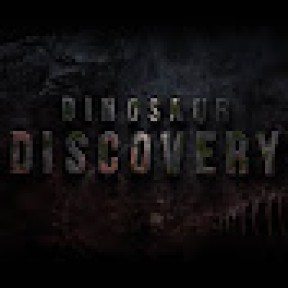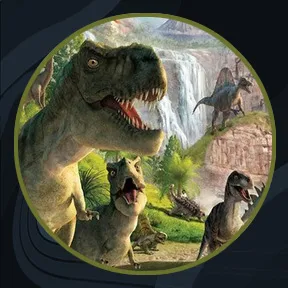Nigersaurus | The Dinosaur with 500+ Teeth
Picture the scene: you’re stood on a damp floodplain, stretching miles into the distance. Below your feet, shallow puddles of water have spilled out onto the flat, low-lying river basin which surrounds the immediate area.
Thick, boggy marshland is abundant - straight ahead, a slow-moving river snakes through the land, producing the muddy wetlands that characterise the landscape. The river lies in the shadow of distant peaks that emerge over the horizon; piercing the clouds that fill the grey, overcast sky of the Early Cretaceous of Niger, Arica. Several metres behind you lie sparsely-forested open woodlands, from which the chirping of insects can be heard, as well as the odd pterosaur.
A small lizard scurries onto a rock a few feet away and, noticing your presence, immediately shifts off in the opposite direction to find a clearer spot to relax. A large herd of Lurdusaurus, a genus of heavily-built, long-necked iguanodont, has now emerged from the trees to drink from the reliable water supply that dominates the landscape; the gruff mumbling calls of the herbivores now abruptly overpowering the soundscape.
Between the dinosaurs and the commotion kicked up in the marshland between them, you notice an individual that doesn’t look quite right. Shorter at the shoulder, broader, and with the majority of its length composed of its neck and tail, it’s plainly a sauropod, completely unrelated to Lurdusaurus, but it’s roughly the same size as them, at around nine metres in length.
This is abnormally small for a sauropod; the group of long-necked, often giant dinosaurs which included creatures such as Brachiosaurus and Diplodocus. Even so, it’s still very big when it’s standing this close to you. The strange creature rears its head to check that the coast is clear of predators and snorts a brief grunt of satisfaction from its nose and mouth; particles of sand gracing the humid afternoon air as it does so. Lowering its thick, extended neck to the water, it takes a long, deep drink.
This is Nigersaurus, one of the most amazing dinosaur discoveries of the entire African continent.
















































